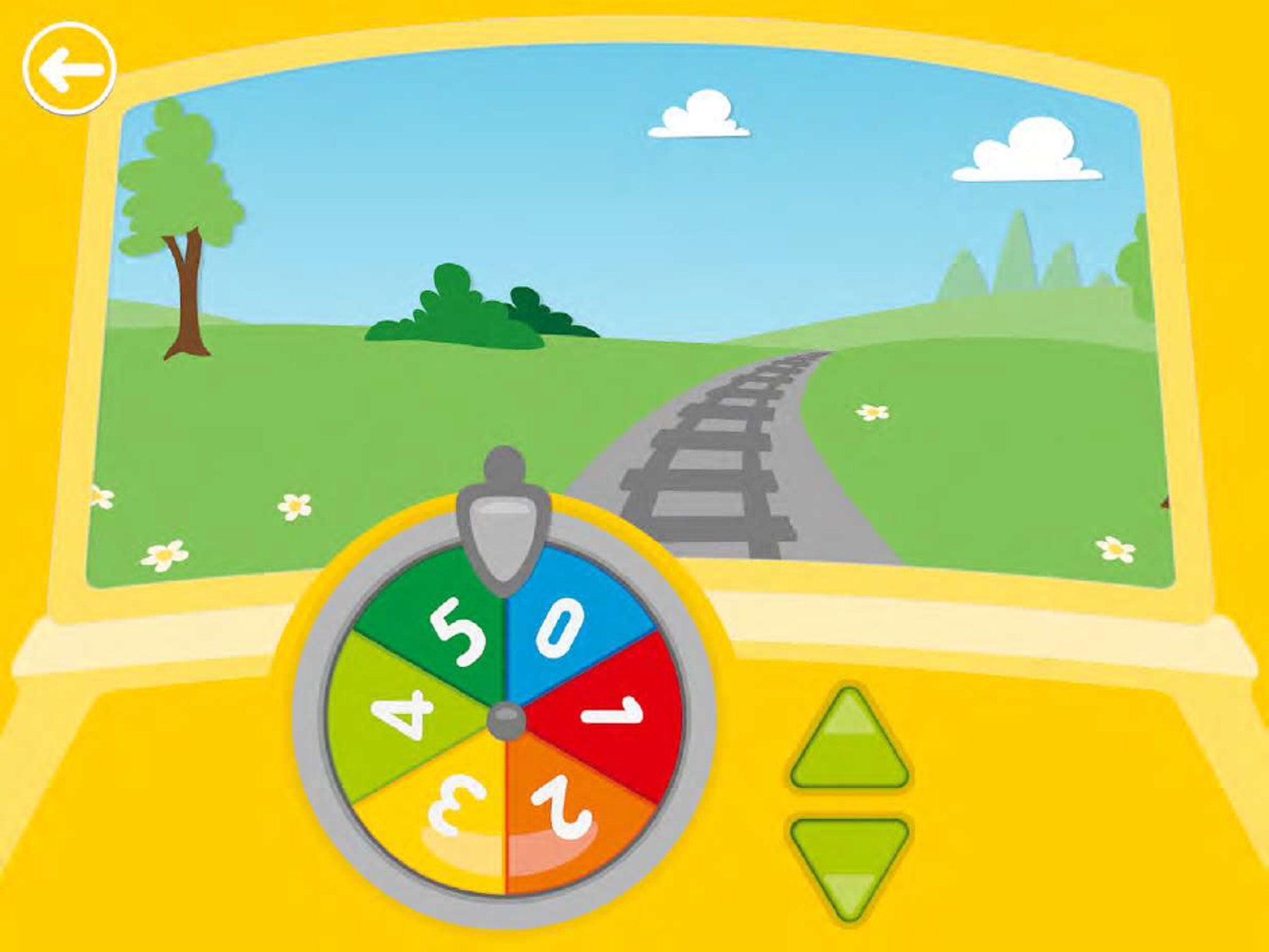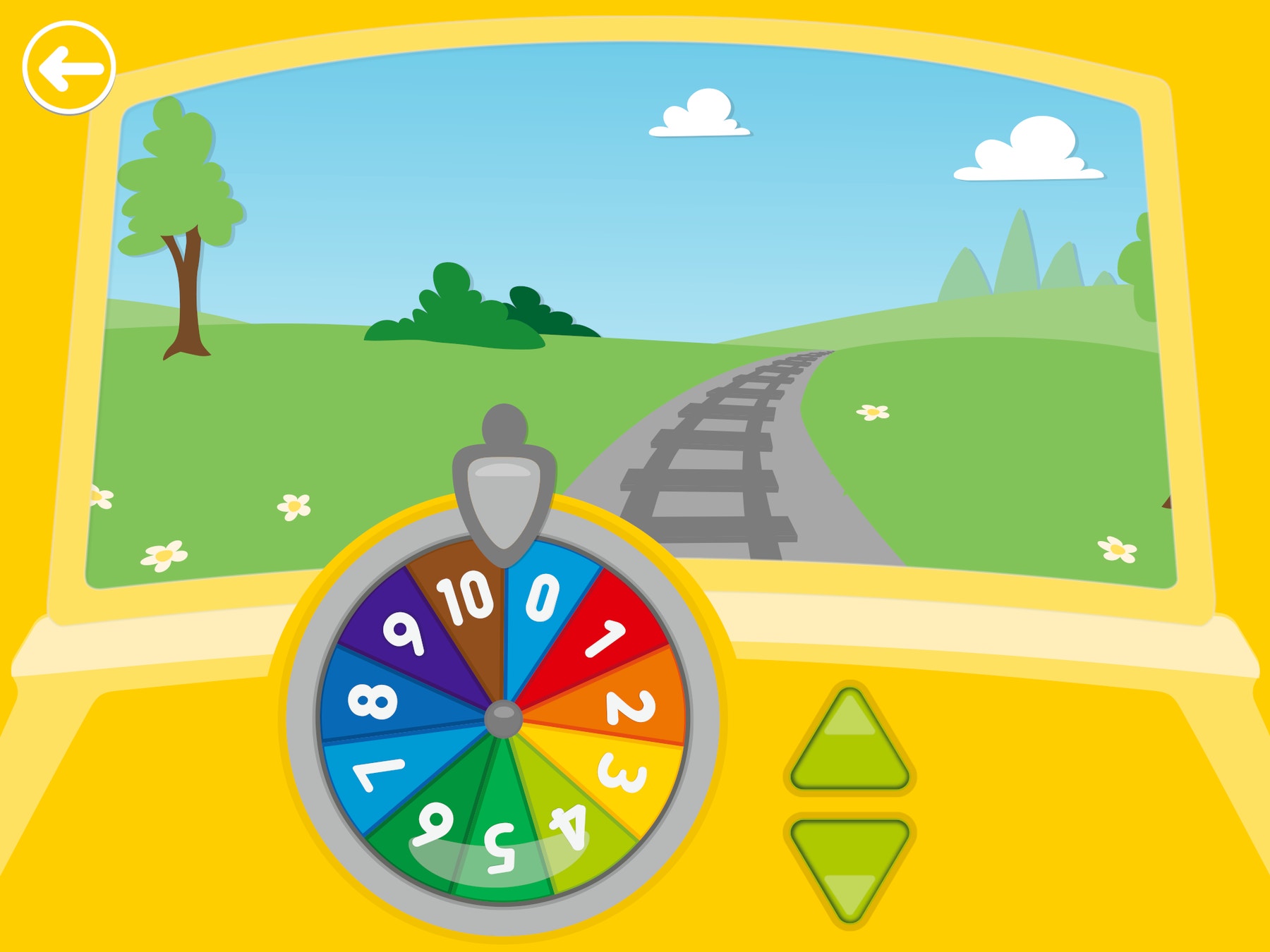Math - Distance
In this lesson students will understand how to measure distance, be able to compare distances and be able to do simple math.

Prepare
Review this lesson plan and choose what you need from the Teacher Support box.
If necessary, pre-teach these related vocabulary words: measure, distance, step, compare, vehicles, reverse.
Consider the abilities and backgrounds of all your students and decide when and how to introduce and differentiate lesson content, activities, or concepts.
This lesson is designed to be used with the Coding Express app. Download the app for student devices at legoeducation.com/downloads.
To use this lesson without the Coding Express app, see the unplugged version.
Engage
Talk to the students about distance.
Ask questions like:
- How did you get to school today?
- Why do you think some people walk or bike while others take the bus?
- Would you like to play a game?
Choose two or three spots around the classroom to be “train stops.”
Name the stops.
Ask the students to walk from one stop to the next and count how many steps they’ve walked.
Compare the number of steps between each of the stops.
Talk about which distance is longer and why.

Explore
Have the students pick building cards and work together to build the models shown (three models are suggested).
Ask them to build a double-ended track and place their models alongside it.
Now experiment with the app.
Let’s start the train!
Ask the students how many numbers they’ve seen in the app. Can they count from the smallest number to the biggest?
Press each number and see how far the train moves.
Have the students pick the number(s) that will help the train reach each stop
Tip: Make sure the engine is connected to the app before experimenting with the different numbers.
Explain
Talk to the students about distance.
Ask questions like:
- Why do people use different vehicles like bikes, cars, and airplanes?
- When do people take airplanes or buses?
- When do they walk or bike?
Elaborate
Encourage the students to build more stops and decide the distance between them.
Ask questions like:
- Which distance is the shortest/longest between the stops and how long is it?
- Can you describe the path of the train’s journey? (e.g., it started from…, stopped or passed…, and ended at…)
Evaluate
- Ask guiding questions to elicit students’ thinking and their decisions while ideating, building and programming.
Observation Checklist
Review the learning objectives and educational standards addressed in this lesson (Teacher Support box).
Share specific student responses and behaviors at different levels of mastery.
Use the following checklist to observe students’ progress:
- Students can create and describe a sequence of events.
- Students can predict the expected outcome of the sequence of events, with prompting.
- Students can compare two distances using descriptive words like longest, shortest.
More Ideas
- Use this lesson’s format to work with Longer Distances and explore more numbers with your kindergartners!

Teacher Support
Students will:
- Understand how to measure distance
- Be able to compare distances
- Be able to do simple math
For up to four students
Coding Express set (45025)
Coding Express App
- CSTA 1A-AP-12 Develop plans that describe a program’s sequence of events, goals, and expected outcomes.
Extension
- CCSS.MATH.CONTENT.K.MD.A.2 Directly compare two objects with a measurable attribute in common, to see which object has "more of"/"less of" the attribute, and describe the difference. For example, directly compare the heights of two children and describe one child as taller/shorter.




